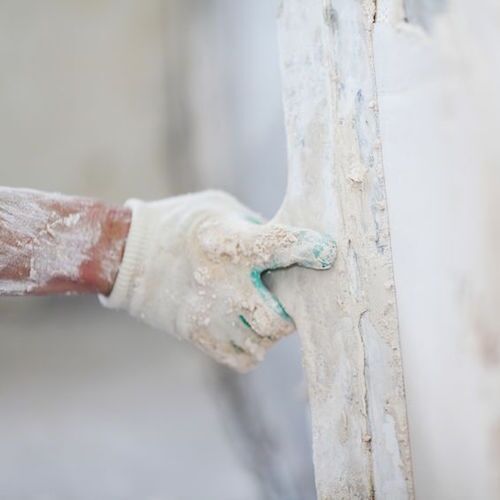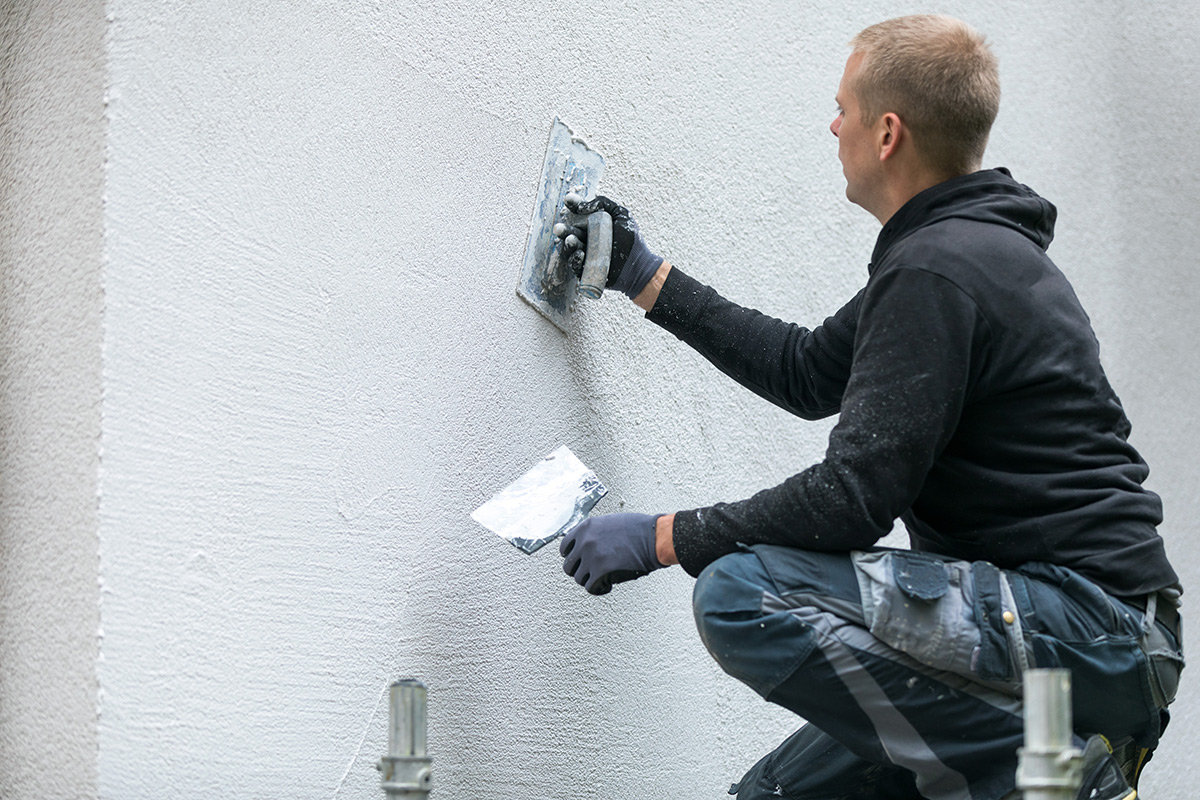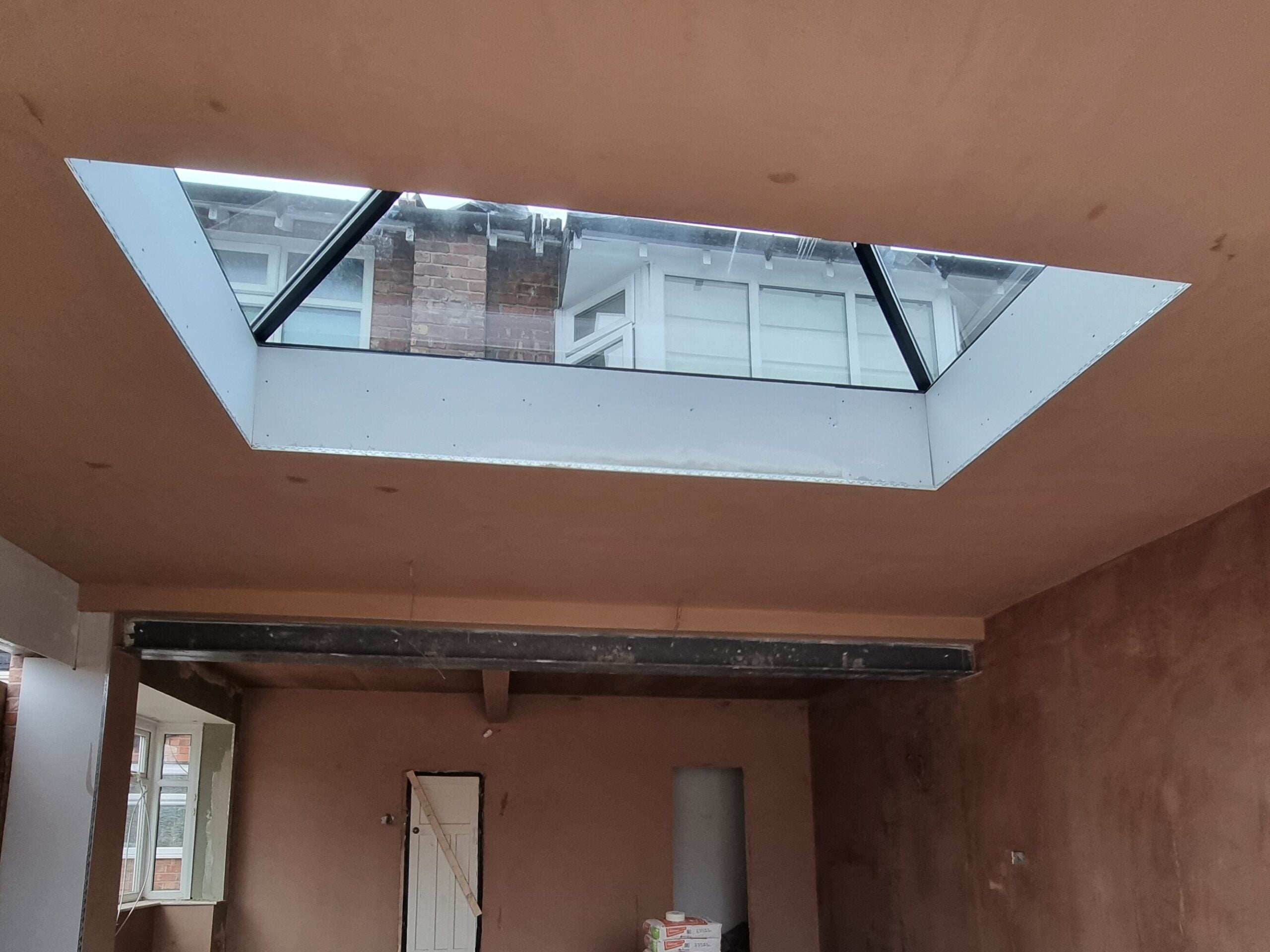Exactly how to Improve Your DIY Abilities with Appropriate Plastering Strategies
Wiki Article
A Comprehensive Overview to Mastering Plastering Abilities for Your Improvement Demands

Necessary Devices and Materials
In the realm of plastering, having the right tools and products is extremely important to accomplishing a perfect finish. Numerous crucial devices offer distinct purposes, ensuring performance and precision throughout the plastering process. A high-grade trowel, for example, is essential for applying and smoothing plaster, while a hawk provides a secure platform for holding the product. A joint blade is additionally critical for detailed work, especially in sides and corners.In addition to devices, choosing the ideal plastering products is vital. Gypsum-based plasters are typically chosen for their flexibility and simplicity of use, while cement-based options are ideal for exterior applications because of their durability. Water and bonding agents play considerable duties in achieving appropriate uniformity and adhesion, making sure that the plaster adheres properly to the surface.
Moreover, safety equipment such as masks, handwear covers, and goggles is necessary to protect versus dirt and irritation throughout the application procedure. By constructing the ideal combination of devices and products, plasterers can enhance their capability and create premium coatings, eventually raising the total workmanship of their job.
Preparing Surfaces for Plastering
Achieving a sturdy and smooth plaster finish begins with precise preparation of the surface areas to be smudged. This fundamental step is essential to making certain adhesion and the longevity of the plaster. Beginning by analyzing the condition of the substratum-- whether it is drywall, concrete, or masonry-- getting rid of any type of loosened paint, dust, or particles that may disrupt bonding.Next, fix any kind of imperfections such as splits or openings. Utilize an ideal filler to achieve a level surface area; this can be vital for avoiding future concerns. When fixed, make certain the surface is completely dry and tidy, as moisture can endanger plaster adherence.
For porous surface areas, it is recommended to use a bonding representative. This item enhances adhesion and creates a trustworthy user interface between the plaster and substratum. If functioning with formerly plastered surfaces, it may be necessary to scuff or sand the location gently to offer a trick for the brand-new plaster layer.
Gluing Strategies and Tips
Mastering plastering strategies calls for both skill and technique to accomplish a flawless finish. One crucial method is the application of the plaster in numerous slim layers, instead than a single thick coat.When applying the finish layer, utilize a shoveling strategy that entails holding the trowel at a official site minor angle and operating in a round motion. This assists to create a smooth surface area and reduces the look of trowel marks. Additionally, keep a spray bottle of water useful to haze the surface lightly; this keeps the plaster practical and permits smoother ending up.
Timing is critical; job efficiently, as the plaster starts to establish. When the plaster has actually firmed up yet is still moist, use a wet sponge to carefully smooth the surface area additionally. Last but not least, allow sufficient drying out time prior to sanding or painting, guaranteeing your effort leads to an expert, top notch coating.
Typical Mistakes to Avoid

One more usual mistake is using plaster as well heavily. Excitable applications can lead to cracking and prolonged drying times. It's necessary to use plaster in thin, also layers, enabling each layer to dry effectively before adding much more.
Furthermore, not making content use of the right devices can impede the quality of the coating. Making use of unsuitable trowels or mixers can develop inconsistencies in the smudging process. Constantly choose high-grade tools designed for gluing tasks.
Last but not least, numerous people ignore the relevance of timing. Working in unsuitable temperatures or humidity levels can adversely affect plaster curing and drying. It is recommended to examine weather and adjust your routine appropriately.
Finishing Touches for a Specialist Look
The last stages of a smudging task are important for accomplishing a polished, professional appearance. When the plaster has actually dried completely, the next step is to analyze the surface area for flaws. Small bumps, openings, or irregular locations must be addressed making use of fine sandpaper or a sanding block. This careful focus to detail is crucial for making certain a smooth surface.hop over to here After sanding, it's a good idea to cleanse the surface to remove any type of dust and particles. A damp towel works for this purpose, adhered to by a thorough drying duration. If essential, using a thin layer of finishing plaster can enhance the surface area further, offering a smooth finish.
When the completing plaster is dry, one more round of fining sand might be called for to accomplish the preferred smoothness. Ultimately, think about applying a guide prior to paint or wallpapering, which will certainly enhance bond and sturdiness.
Conclusion
Grasping gluing abilities dramatically improves the high quality of remodelling projects. A detailed understanding of important tools, surface area preparation, and effective techniques is important for achieving specialist results.Water and bonding representatives play substantial duties in achieving correct uniformity and bond, making certain that the plaster sticks efficiently to the surface area. Plastering.


Additionally, maintain a spray bottle of water useful to haze the surface area lightly; this keeps the plaster convenient and allows for smoother completing. (Plastering)
If necessary, applying a thin layer of ending up plaster can enhance the surface area even more, giving a seamless surface.
Report this wiki page